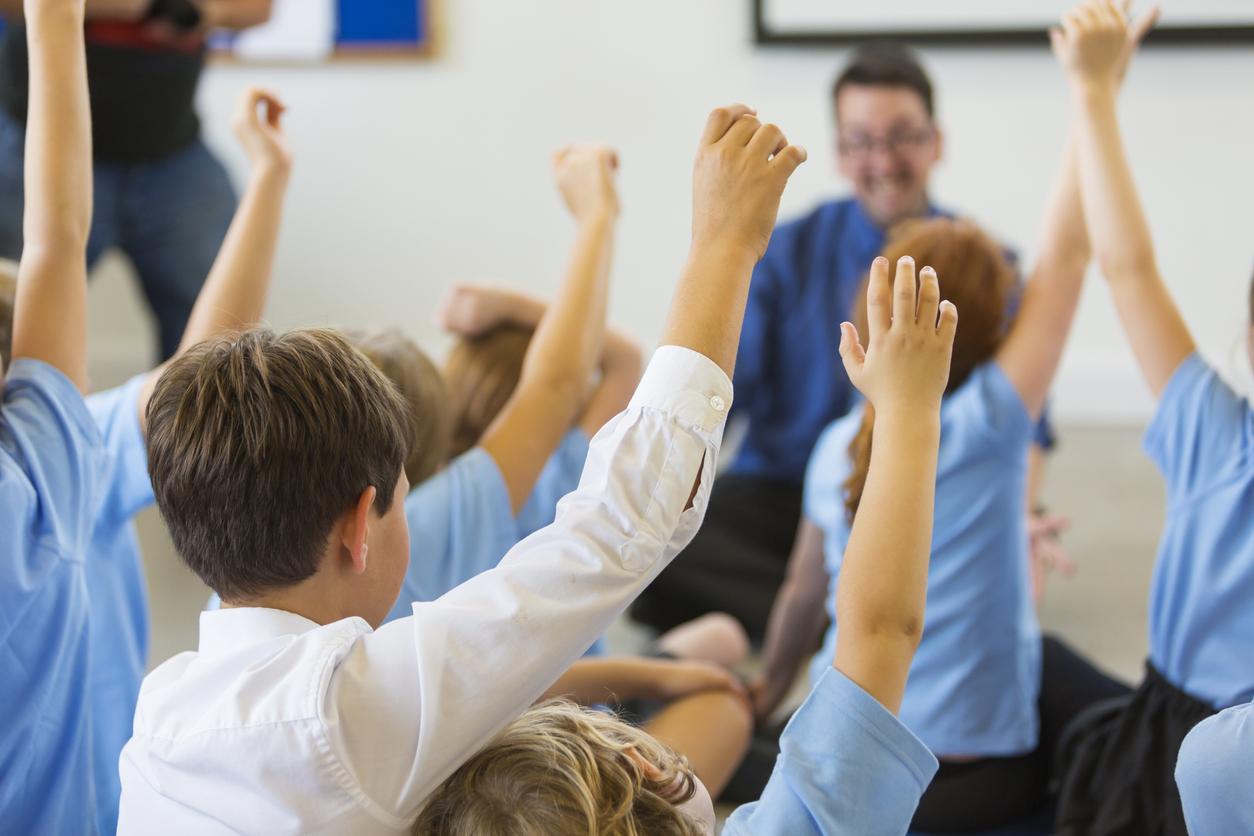Schools need 50 years to close attainment gap between disadvantaged pupils and their richer peers, finds study
In an alarming conclusion, the researchers claim that the most disadvantaged schoolchildren – those eligible for free school meals – are two years behind their richer classmates by the time they sit their GCSE’s at the end of secondary school

Your support helps us to tell the story
From reproductive rights to climate change to Big Tech, The Independent is on the ground when the story is developing. Whether it's investigating the financials of Elon Musk's pro-Trump PAC or producing our latest documentary, 'The A Word', which shines a light on the American women fighting for reproductive rights, we know how important it is to parse out the facts from the messaging.
At such a critical moment in US history, we need reporters on the ground. Your donation allows us to keep sending journalists to speak to both sides of the story.
The Independent is trusted by Americans across the entire political spectrum. And unlike many other quality news outlets, we choose not to lock Americans out of our reporting and analysis with paywalls. We believe quality journalism should be available to everyone, paid for by those who can afford it.
Your support makes all the difference.It will take 50 years to close the attainment gap between England’s most disadvantaged pupils and their wealthier peers at the current rate of progress, according to a major new study.
In an alarming conclusion, the researchers claim that the most disadvantaged schoolchildren – those eligible for free school meals – are two years behind their richer classmates by the time they sit their GCSEs at the end of secondary school.
It claims schoolchildren who have been eligible for free school meals for 80 per cent of their time at school were 24.3 months behind their wealthier classmates.
The report by the Education Policy Institute (EPI) also evaluated how the gap varies across different regions of the country, concluding that certain areas are significantly lagging behind others in closing the gap.
The most disadvantaged students face the greatest struggle in the Isle of Wight, where they are two and a half years behind their peers across the country by the end of secondary education. This is compared to more successful areas, including Hackney, Islington and Barnet, in London, where the attainment gap is eight months.
David Laws, the former Liberal Democrat minister, who is also the executive chairman of the EPI, said: “The report highlights both the progress which has been made in narrowing gaps over the last decade, and the significant challenges we still face – both due to the magnitude of these learning gaps and the very disappointing lack of progress for the most persistently disadvantaged pupils.
“Without a marked improvement in the rate at which gaps are being closed, it would take us until almost 2070 before disadvantaged children did not fall behind other students during their time in education.”
Commenting on the findings from the EPI, Paul Whiteman, the general secretary designate of the National Association of Head Teachers, said Britain faces an “emergency” when it comes to equality of opportunity for the country’s young people.
He added: “Despite the improving standards in schools and two decades of sustained effort, we’ve struggled to shift the needle on the equality of opportunity dial.”
Researchers used government statistics for 2016 to examine the average performance of poorer pupils and that of their richer peers. Based on mainstream secondaries alone – excluding special schools – the gap has widened by 0.3 months since 2007, from 23.1 months to 23.4 months.
Angela Rayner, the Shadow Education Secretary, said that while the findings were “deeply concerning” they “unfortunately come as no surprise”. She continued: “If you cut school budgets and push out teachers, as the Tories have done, then life in school will become even harder for the most disadvantaged kids. It is no wonder that we are still generations away from closing the attainment gap.”
Jo Hutchinson, the EPI’s director for social mobility and vulnerable learners, said: “Our research finds that the most persistently disadvantaged pupils in England have fallen even further behind their peers, with their attainment gap at the end of secondary having grown since 2007.
“While some progress has been made with closing the gap for disadvantaged pupils overall, these pupils still fall behind at a rate of two months a year over secondary school. At the current rate of progress, it would take a full 50 years to reach an equitable school system where disadvantaged pupils did not fall further behind their peers between the ages of five and 16.”
A Department for Education spokesperson said: “We are determined to ensure that all children, regardless of their background, get the excellent education they deserve.
“Our data, which looks at the number of children who have been eligible for free school meals in the last six years, shows the attainment gap between disadvantaged children and their peers has narrowed since 2011.
“But there is more to do. That is why, through the pupil premium, we are investing almost £2.5bn of additional funding this year to support schools in raising the attainment of disadvantaged pupils.”
Join our commenting forum
Join thought-provoking conversations, follow other Independent readers and see their replies
Comments